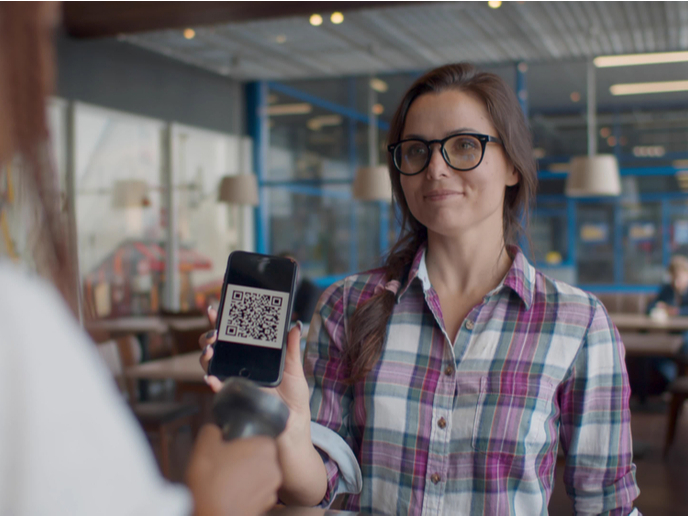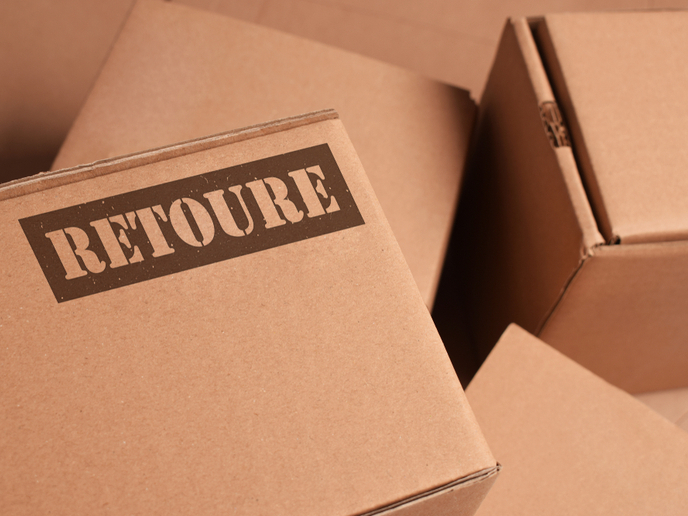Redeemable ads for more effective ad-to-store marketing
Not all online marketing is meant to drive online sales. With drive-to-store marketing, advertisers can also tap into local indexing to incite potential customers to go to their shop. Available means range from simple Google Maps indexing to push notifications and more advanced product locator services which help internet users find the closest geographical place selling the product they’re looking for. It’s not all roses though. The trick with drive-to-store marketing is that it’s all based on geolocation. The EU’s General Data Protection Regulation (GDPR) has also helped make sure that activating it requires user consent, which is difficult to obtain. As Stéphane Wallart, associate founder of French start-up Browse&Go, puts it, this all results in a situation where “nobody knows the real impact of online advertising on shop visits, even less so when it comes to shop sales.” Browse&Go’s AD-TO-STORE (Public Marketplace Platform for Digital Marketing applied for driving in-store Sales) solution, which was supported by EU funding under a project of the same name, was created to address this gap in knowledge with an innovative advertising platform. “We use redeemable ads, a new kind of ad unit, to replicate with paid media what already exists with owned media: the single merchant loyalty programme. It’s all based on a barcode that can be scanned in-store and associated with paid media. Consumers receive the online offer and can redeem it by scanning the barcode or their bank card at participating shops. Since we are connected to in-store point-of-sale (POS) systems, we can provide item-based offers which are very interesting for brands,” Wallart explains. So say you’re a brand manufacturer or a retailer. All you need to do is create a consumer benefit such as a discount or cashback offer in the AD-TO-STORE campaign manager and customise it to your needs: permanent or one-time, item-based or related to total order value. Once you’re all set, you can pick the publishers you want to work with from two categories: display marketing (banners on external websites) and third-party customer bases provided by banks, insurance companies, mobile operators, retailers, etc.
Closing the attribution loop
All in all, Browse&Go provides a one-stop shop to tell the same story across all advertising channels and track offline sales at product level. It enables instant discounts for customers and, most importantly, generates reliable feedback on return on investment (ROI) for the money spent on online advertising. “We’re basically closing the attribution loop,” Wallart points out. “e-Merchants are granted access to a pay per sales model, which is the more profitable for them and effectively put online and offline commerce on an equal footing.” ‘Equal footing’ might even be an understatement. In a COVID-19 context where physical shops are increasingly challenged by pure players in e-commerce, Browse&Go provides an appealing purchase option to customers most wary about privacy. Retailers are not required to share their customer data, and shoppers are completely anonymous. Moreover, AD-TO-STORE retailers get access to intent marketing for the first time. Intent marketing consists in giving people exactly what they want: product marketing is based on consumers’ intent to purchase or consume, which has been proven to deliver a far higher conversion rate than conventional online advertising. Browse&Go is currently in its expansion phase. The company initially launched pilots with small-sized retail chains (from three to 30 stores), and the next step will consist in adapting the system for medium- and large-sized ones. “In order to test the attractiveness of our redeemable ads at a large scale, we have also launched a prepaid e-voucher marketplace where e-vouchers issued by retailers are sold with a discount to publishers. It’s a huge success which proves that, despite the prepayment constraint, redeemable ads can bring consumers to physical shops. The top 40 French retailers are already connected to our marketplace,” Wallart notes. From a technology development perspective, Browse&Go now intends to focus its efforts on a POS network capable of connecting physical shops to ad spaces in real time.
Keywords
AD-TO-STORE, Browse&Go, drive-to-store marketing, online advertising, barcode, redeemable ads







